The Thanksgiving Cornucopia Holds More Than Just Gourds
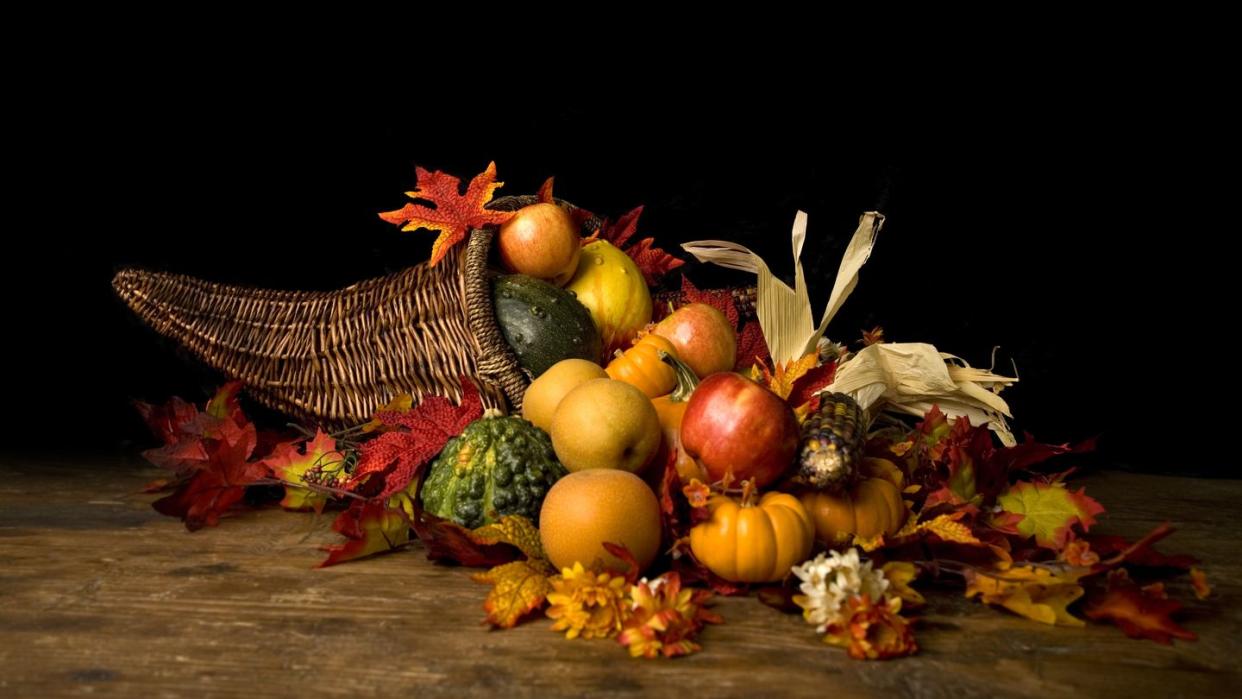
"Hearst Magazines and Yahoo may earn commission or revenue on some items through these links."
Every Thanksgiving, the horn-shaped cornucopia, a curving basket overflowing with fruit, nuts, and vegetables, appears on tables as part of the holiday decor. But where did this unique-looking symbol originate? And why do we see it everywhere during harvest season?
You may be surprised to know that the history of the cornucopia dates to ancient times. In fact, it’s been a symbol of abundance for centuries. The word is derived from the Latin cornu (meaning “horn”) and copiae (meaning “plenty”), which gives it the common name of “horn of plenty.” The word cornucopia itself first appeared in English in the 16th century.
Curious to know more? Read on to learn about the Thanksgiving cornucopia meaning so you can wow everyone with holiday trivia at the dinner table.
Cornucopia History
The horn of plenty originated in classical mythology. According to the Roman poet Ovid in his work the Metamorphoses, Hercules tore the horn from the head of the river god Achelous (often portrayed as a bull-man), whom he wrestled to win the god’s daughter. The river nymphs, the Naiads, then took the horn and turned it into a vessel overflowing with sweet fruit and flowers.
A different version of the story comes from the tale of Amalthea, a female goat and foster mother of Zeus. Zeus was hidden by his mother, Rhea, because his father, Cronus, had a rather nasty habit of eating his children (so that they wouldn’t overthrow him as ruler one day). In this story, Zeus accidentally breaks off one of the goat’s horns. It’s said he blessed the horn so that it would contain whatever delicious delights one desired.
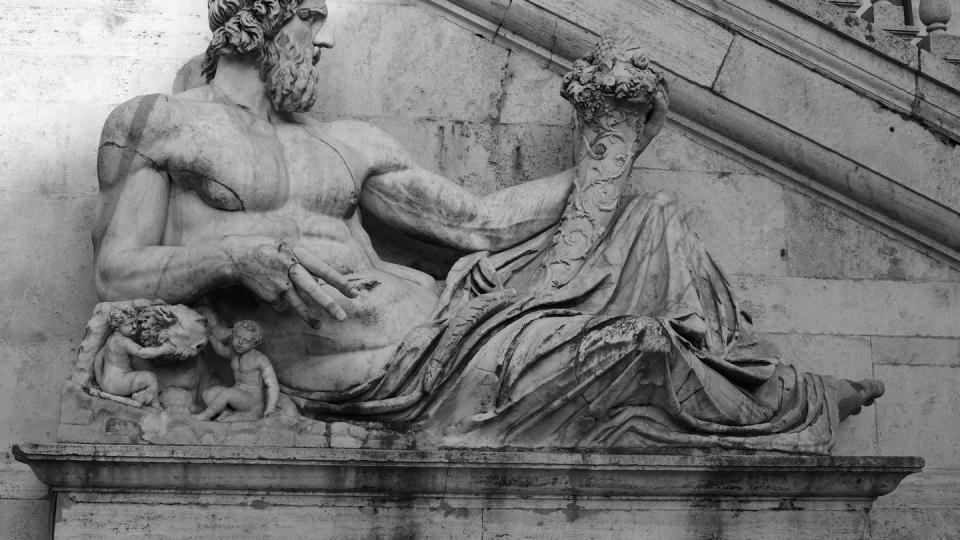
Other mythological figures associated with bounty or the harvest eventually also became associated with the cornucopia, including Demeter, the goddess of agriculture and grain; Gaia, the goddess of the earth; and Persephone, the goddess of spring. Many different ancient art forms, such as pottery, statues, frescoes, and coins, included images of these figures holding a cornucopia.
As with many pagan symbols and legends, the cornucopia eventually found its way into Christian imagery. It’s not known for sure when it occurred, but it was likely adopted by Christianity as a symbol of God’s abundance and blessings, while also signifying gratitude for the bounty of the harvest.
By the Middle Ages, the cornucopia’s symbolism had expanded as a promise of good fortune, as a way to pay one’s respects to a ruler, or as a motif representing the power of an individual country or city-state. It continued to appear frequently in art including paintings by Tiepolo, Janssens, and Rubens, as well as architecture, statuary, and bronzework throughout the Renaissance and beyond.
Due to its classical roots, the cornucopia became a widely recognized symbol, eventually adorning everyday items in the modern era as varied as a glass drinking flask or an ornate sofa. Today, the cornucopia is found in the state seals of North Carolina and Idaho.
What Is the Meaning of a Cornucopia?
Derived from motifs in classical Greek and Roman mythology, the cornucopia represents abundance, wealth, and prosperity. This symbolism exists even today when the horn of plenty often is displayed as a centerpiece for harvest celebrations, specifically, our own Thanksgiving holiday.
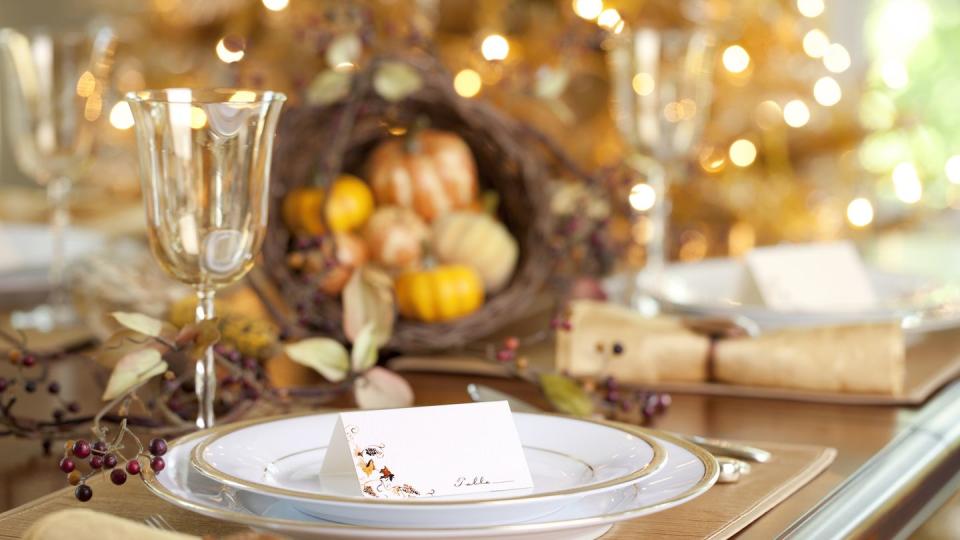
Why Do We Use the Cornucopia at Thanksgiving?
There’s no record of a cornucopia being displayed at the first Thanksgiving between the Wampanoag people and the English settlers in 1621. In fact, while colonists regularly held feasts celebrating events such as safe journeys or successful harvests, an official celebration of this day wasn’t established until much later.
In the 19th century, a forward-thinking female magazine editor named Sarah Josepha Hale petitioned Abraham Lincoln to make the feast a holiday to promote national unity. Lincoln and subsequent presidents declared a national day of thanksgiving annually, but it wasn’t until 1941 that Congress made Thanksgiving an official holiday.
It’s not really known when the cornucopia became part of this celebration, but it’s not surprising because Thanksgiving celebrates the bounty of the past year. Combining the symbolism of the horn of plenty with a day of giving thanks is a natural evolution.
How Do You Style a Cornucopia?
A cornucopia can be displayed in many different ways; all you need to do is allow the items to spill effortlessly out of the container. While the horn-shaped basket is traditional, if you don’t happen to have one on hand, any basket or pretty container, such as a vintage silver soup tureen, can be substituted. A cornucopia can dress up your dining table as a centerpiece, serve as a seasonal accent on the mantel, or decorate your front door in wreath form.
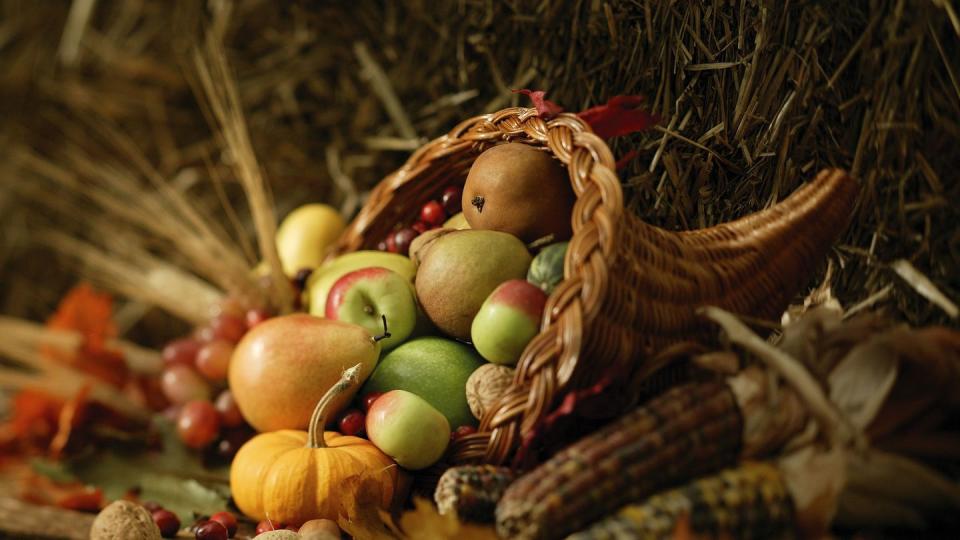
Here’s how to style your cornucopia:
Fill it with fruits and vegetables. Honor the bounty of the harvest by piling up colorful gourds, squashes, and fruits and vegetables such as apples, pears, grapes, pomegranates, and artichokes to create a traditional presentation.
Add fresh flowers. Bright orange roses, asters, and mums make a cheerful and beautiful seasonal floral display.
Go monochrome. Use white pumpkins and gourds and wheat sheaves to create a low-key, understated look.
Focus on autumn foliage. Dried leaves, nuts, grasses, bittersweet, and colorful dried corn pay homage to the season’s muted colors and natural beauty.
Keep it simple. Fill your cornucopia with one single type of item, such as shiny red apples, live succulents, or mini pumpkins, for a simple but elegant arrangement. Or have some fun by making it a receptacle for serving fresh rolls, candies, or little gifts for your Thanksgiving guests. The only limit to what you can include is your creativity!
Thanksgiving Botanical Cornucopia
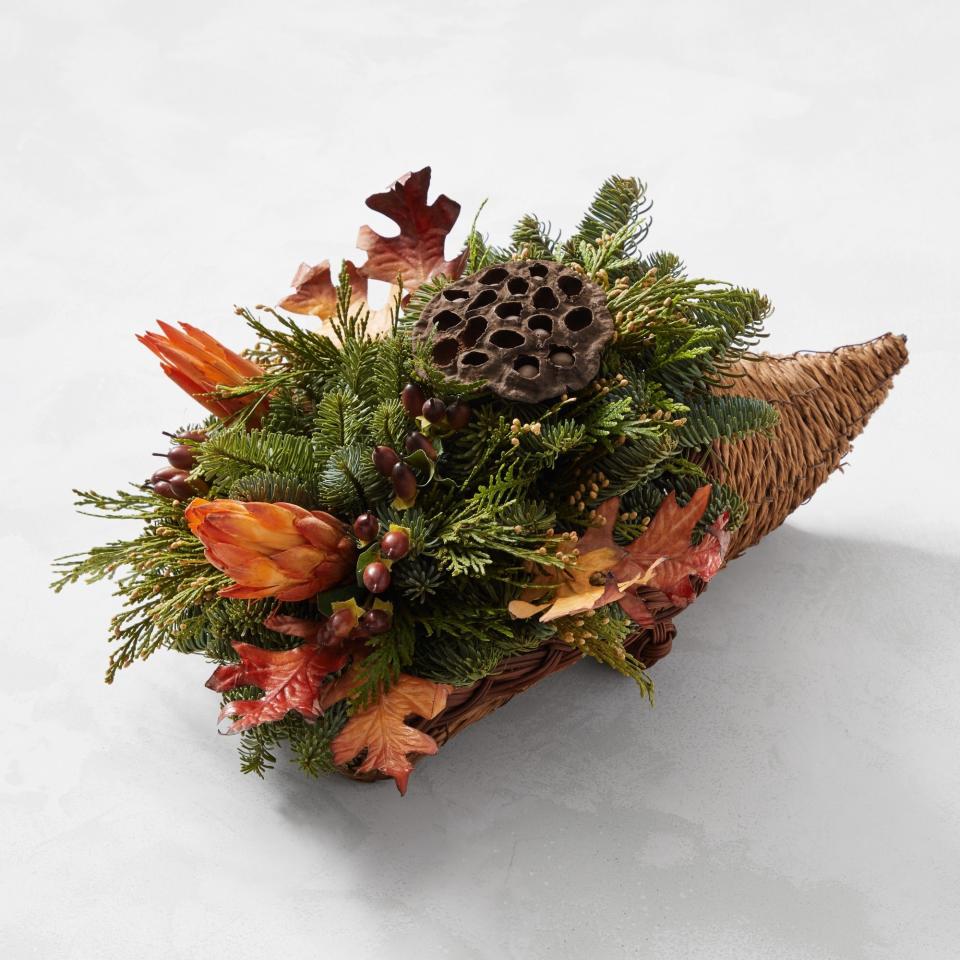
Thanksgiving Botanical Cornucopia
$79.95
Williams SonomaNatural Look Twig Cornucopia
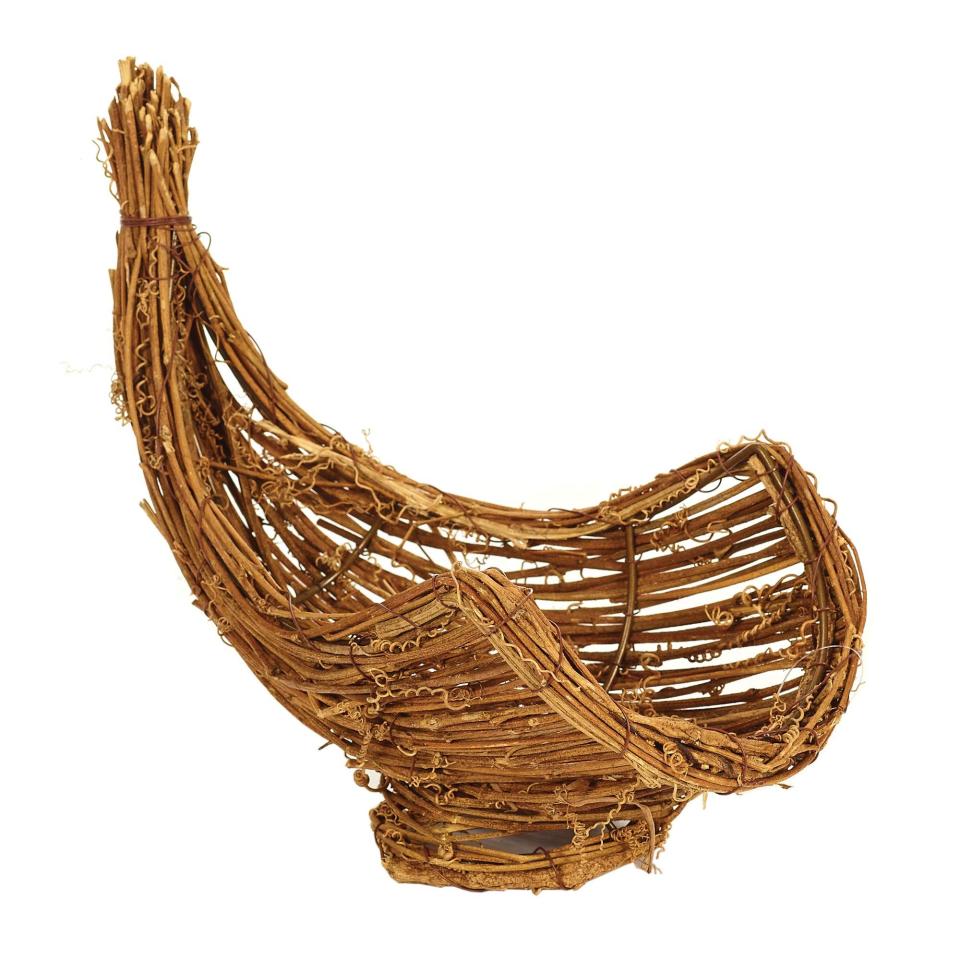
Natural Look Twig Cornucopia
amazon.com
$24.78
Thanksgiving Wicker Cornucopia
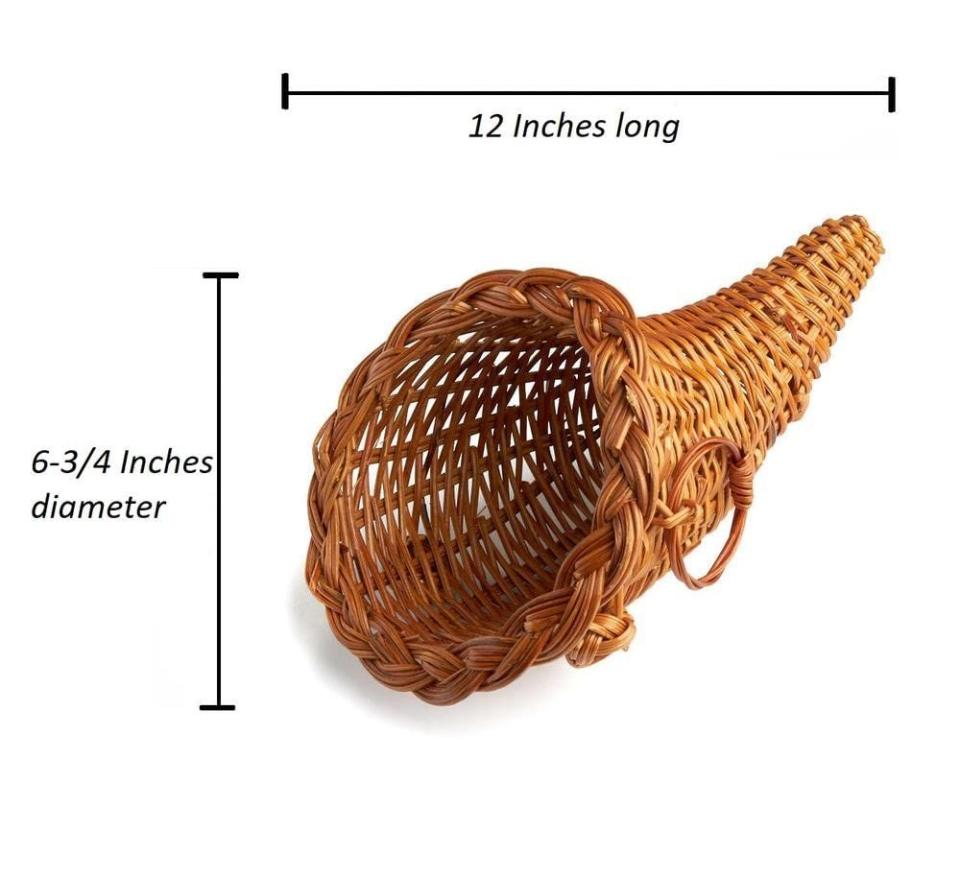
Thanksgiving Wicker Cornucopia
amazon.com
$22.94
Cornucopia Grapevine Wreath
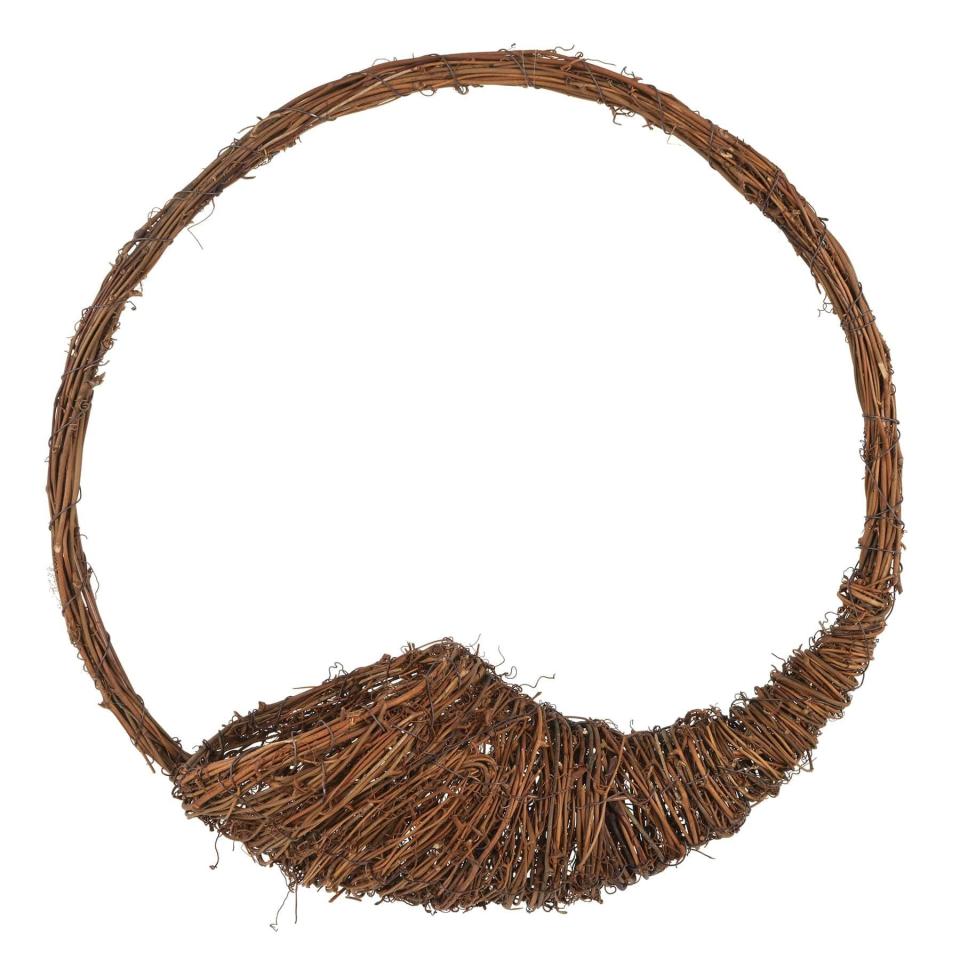
Cornucopia Grapevine Wreath
amazon.com
$33.98
You Might Also Like

